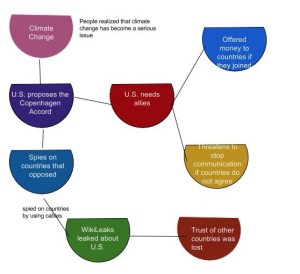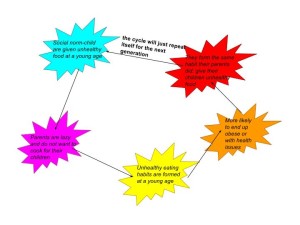Assignment: In 200-350 words, explain what H.I.P.P.O. means. After that, pick two or three of the threats to biodiversity today and explain how each of those are affecting the environment around the world or the environment around you.
H.I.P.P.O. refers to the threats that biodiversity is facing today. H.I.P.P.O. is an acronym that stands for Habit Loss, Invasive Species, Pollution, Human Population, and Overharvesting. These are the biggest threats that are talked about in this module.
Habitat loss refers to when a particular area is converted from usable to an unusable habitat. One of the examples from the module that causes habitat loss is mining. I live in an area known for coal (Carbondale). My hometown is build on top of old mines. This area use to be very unsafe to live in because of all the mining that went in. Thankfully now that s not a major issue, but it could have been. If the mining continued like the way it use to, Carbondale may have become unusable and people would not have been able to live here anymore.
An invasive species is a plant, fungus, or animal species that is not native to a specific location. It has a tendency to spread to a degree that can cause damage to the environment around them, or even human health. If a new species gets introduced to a new area, the new species can parasitize or predate upon the residents, bring unfamiliar diseases, and modify habitats. This can affect the environment because the environment is not use to these new species. It can harm the environment causing the existing species to suffer and eventually die due to new conditions they must live under.
Human population is a major threat to biodiversity. Humans are taking over the planet and changing the environments to fit the needs for them to live there. We cut down trees and harm the environment with pollution. Eventually we will run out of trees to cut down and we will do too much harm to the planet. The more and more the number of people increase, the bigger the threat to biodiversity.



